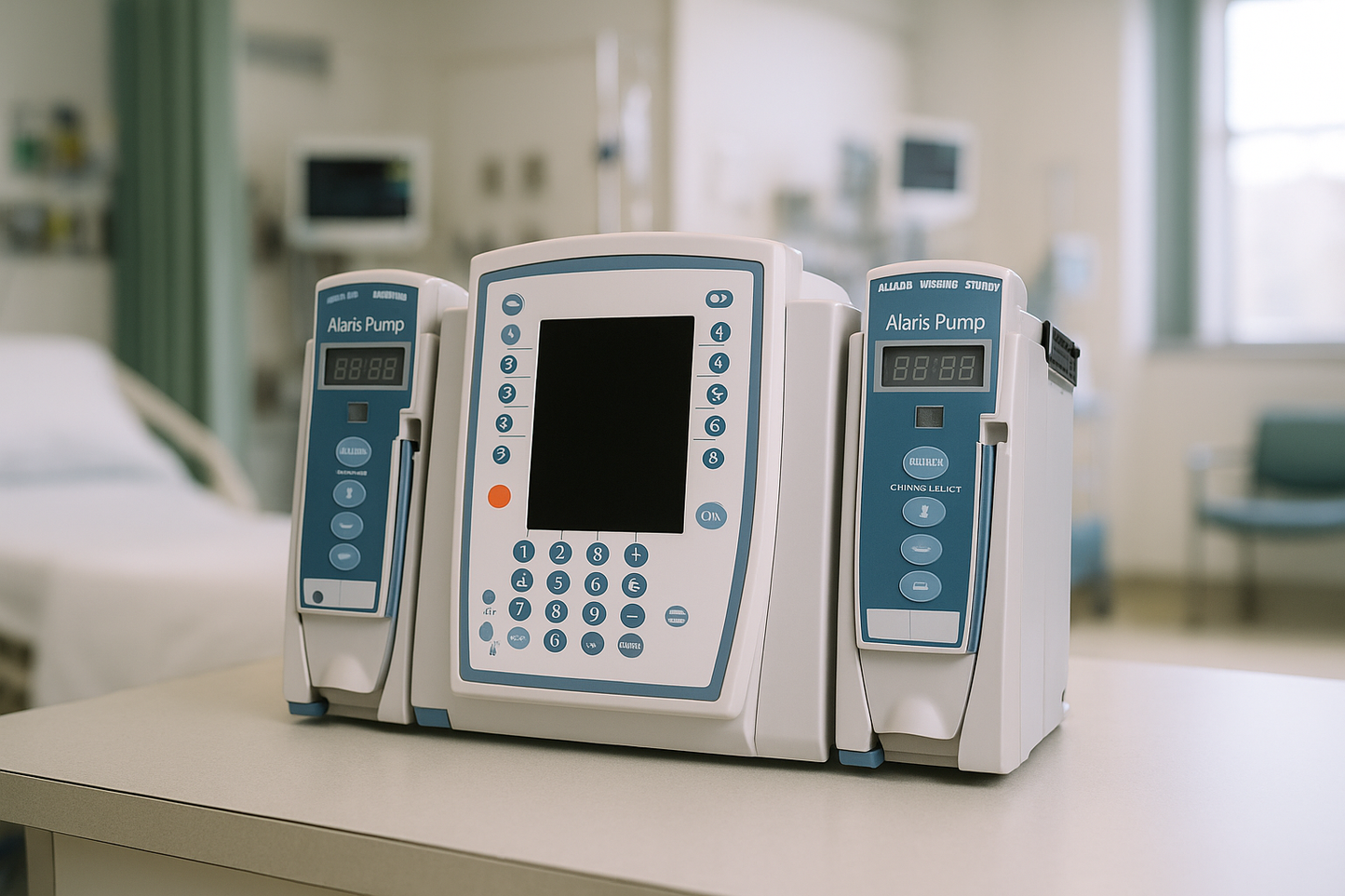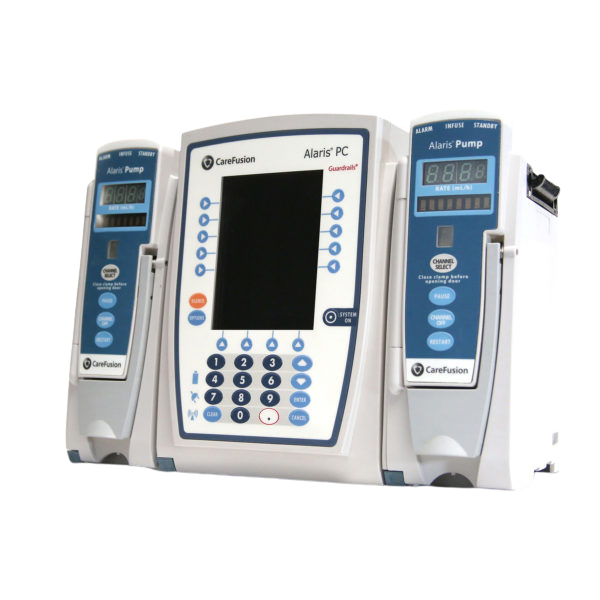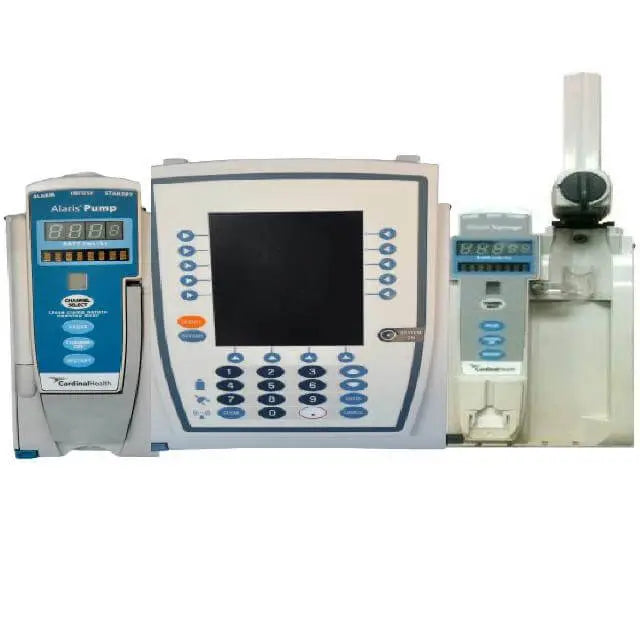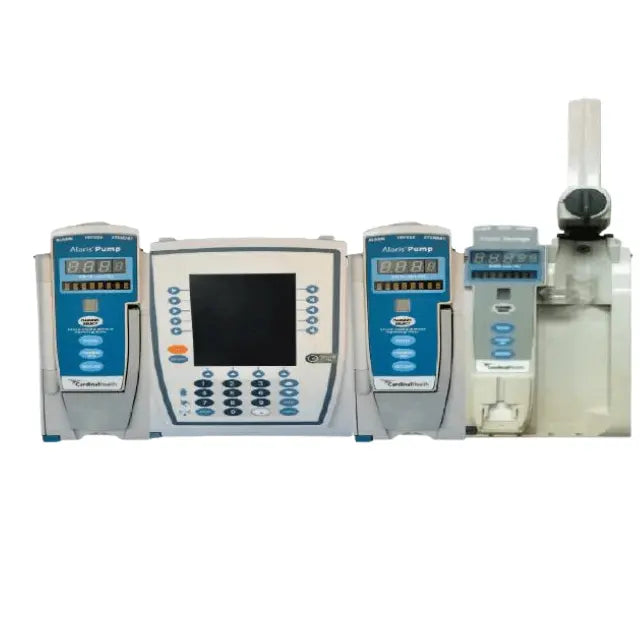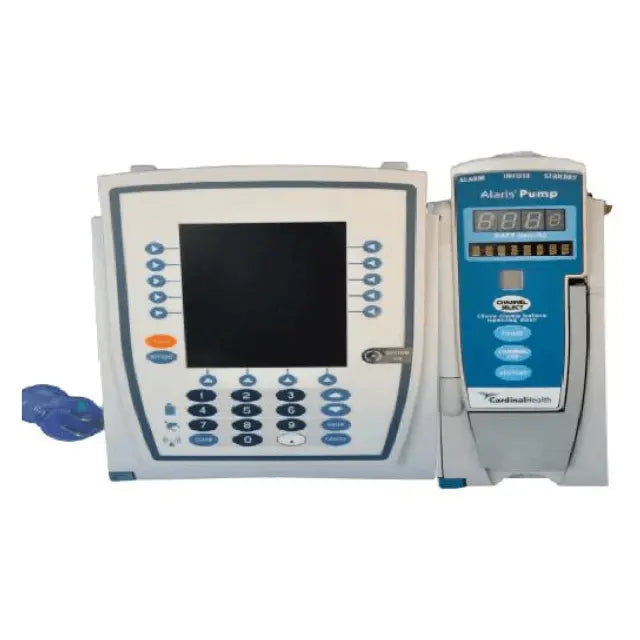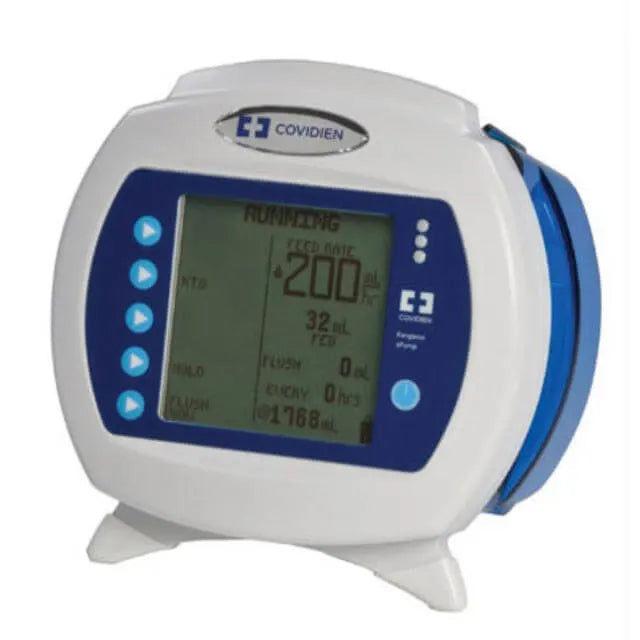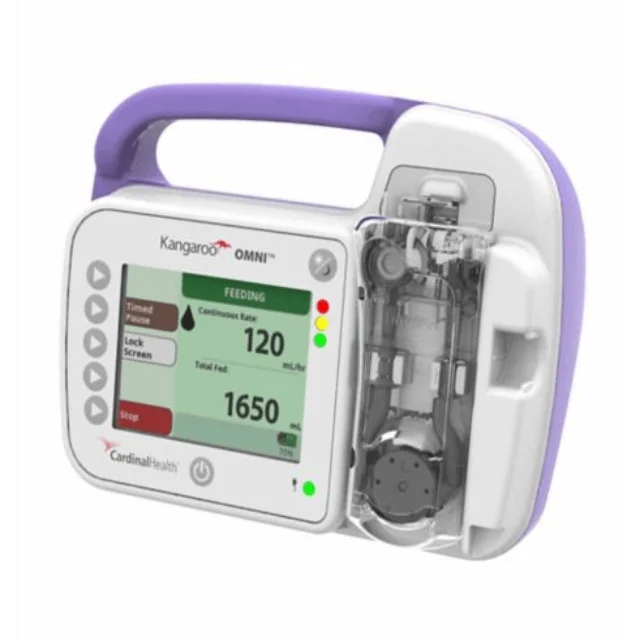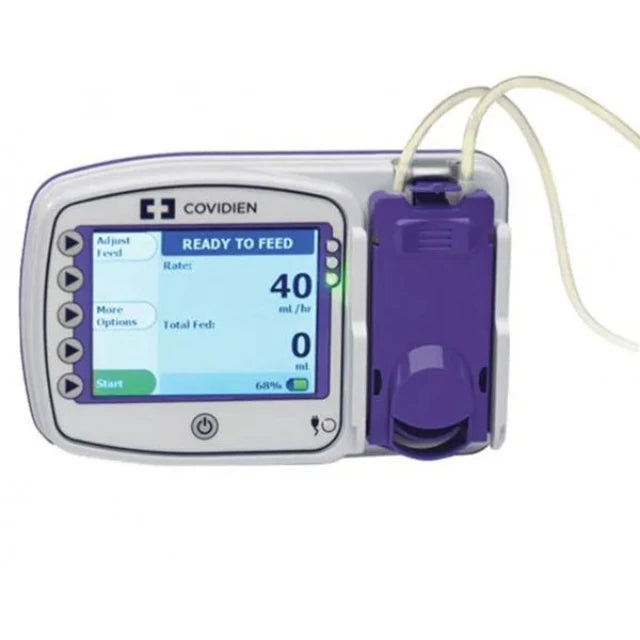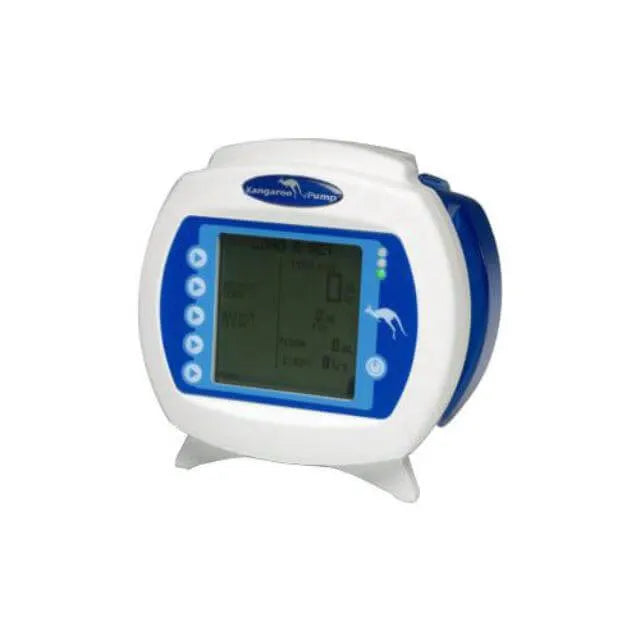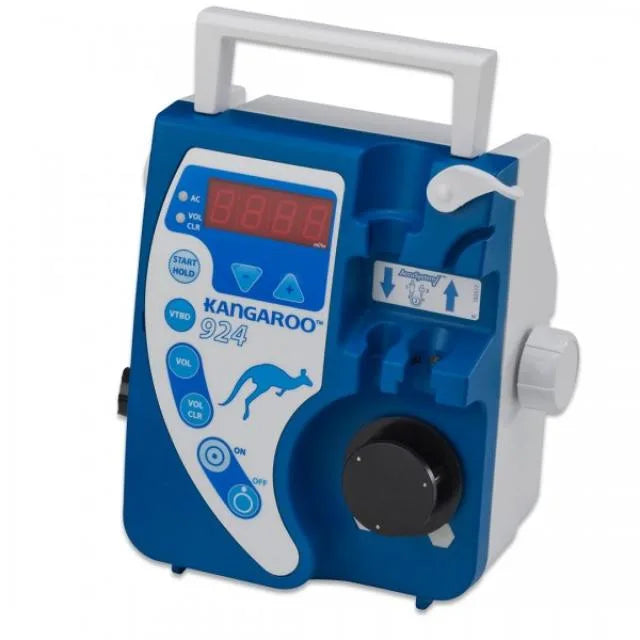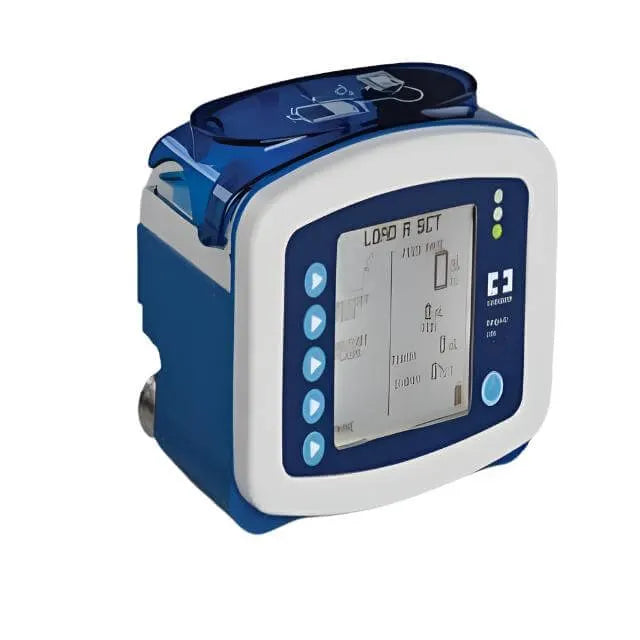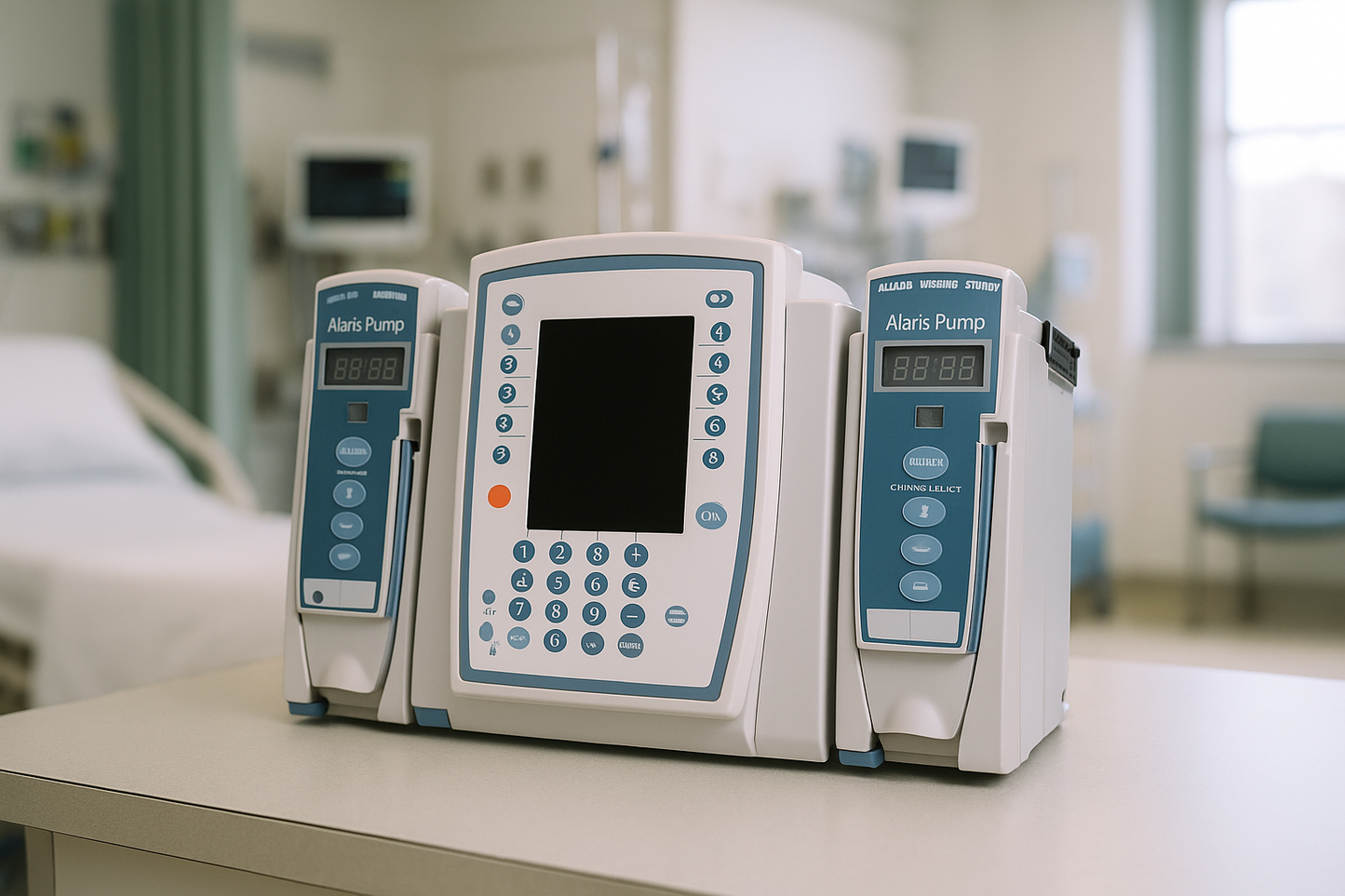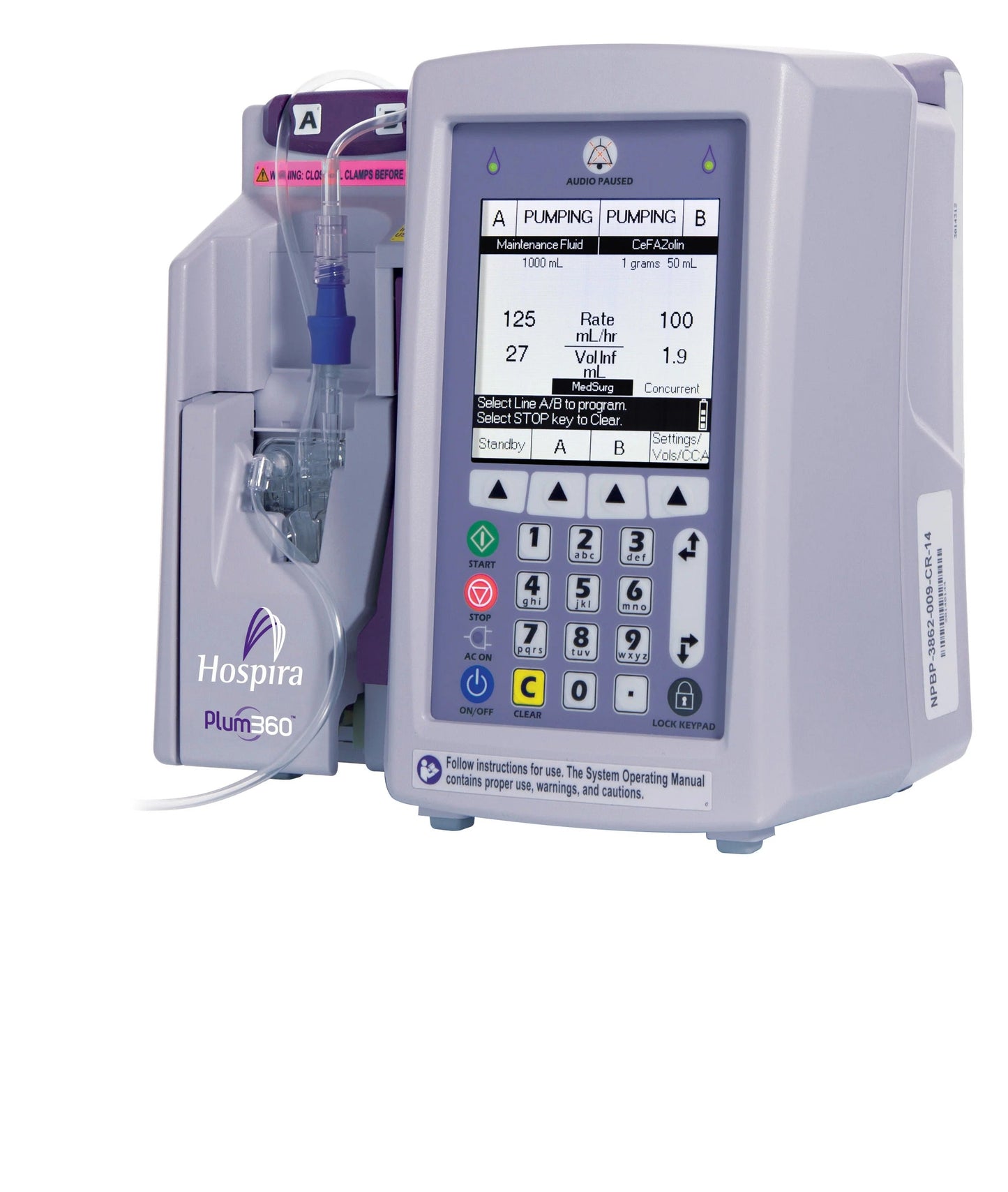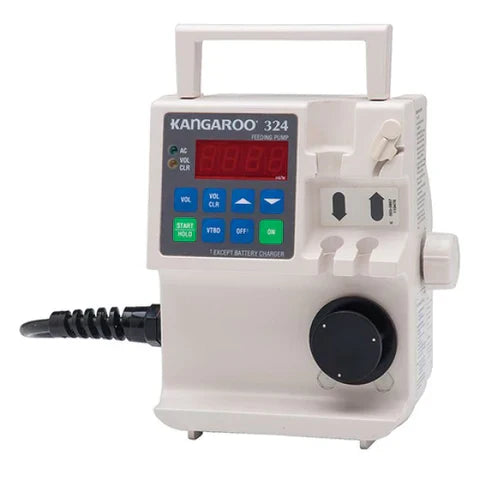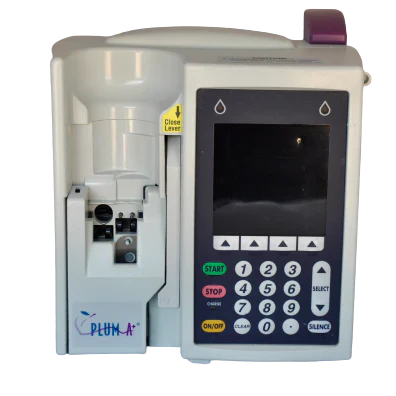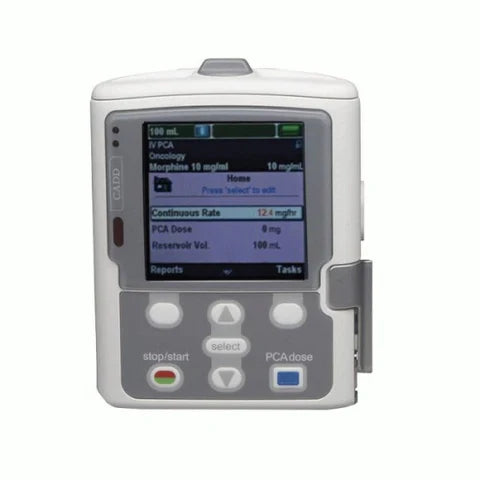
What is an Ambulatory Infusion Pump?
Ambulatory infusion pumps are medical devices designed to deliver medications and other therapeutic agents in controlled amounts to patients over extended periods of time. What makes these pumps special is their portability. Unlike traditional infusion pumps, which are typically stationary in hospitals or clinics, ambulatory pumps allow patients to receive treatment while on the move, enabling them to continue with their daily activities.
How are Ambulatory Infusion Pumps different from Regular Infusion Pumps?
- Portability: Ambulatory pumps are compact and lightweight, designed to be worn or carried by patients. They often come with carry bags or can be clipped onto belts.
- Battery Operation: While regular infusion pumps are typically plugged into wall outlets, ambulatory pumps operate on batteries, making them suitable for prolonged use without requiring an external power source.
- Duration of Infusion: Regular infusion pumps are usually utilized for short-term treatments, lasting hours. In contrast, ambulatory pumps can deliver medication over extended periods, ranging from hours to days.
- User Interface and Alerts: Since ambulatory pumps are designed for patient use outside of controlled medical settings, they often feature more straightforward user interfaces. They may also have advanced alarm systems to alert patients if there's an issue like low medication, blockage, or low battery.
Key Features of Ambulatory Infusion Pumps:
- Programmability: These pumps allow healthcare professionals to program the rate and duration of medication delivery, ensuring the patient receives the exact dosage required.
- Lock Features: To prevent accidental changes in medication dosages, many ambulatory pumps have lock features to restrict unauthorized access to settings.
- Advanced Alarms: These pumps often come with a variety of alarms, including occlusion alarms, end-of-infusion alarms, low battery warnings, and air-in-line detectors.
- Versatility: They can be used for a wide range of therapies, including pain management, antibiotic treatments, chemotherapy, and more.
- Memory Functions: Some advanced models have memory capabilities to store infusion history, allowing healthcare providers to track and monitor the patient's treatment over time.
- Durability: As they are designed for use in varied environments, these pumps are often built to be sturdy and resistant to minor impacts.
Ambulatory infusion pumps have revolutionized the way patients receive medications, especially those requiring prolonged infusion therapies. By offering a portable solution, they not only improve the quality of life for many patients but also reduce the need for extended hospital stays. As medical technology continues to advance, we can expect these devices to become even more efficient, user-friendly, and integral to patient care.
